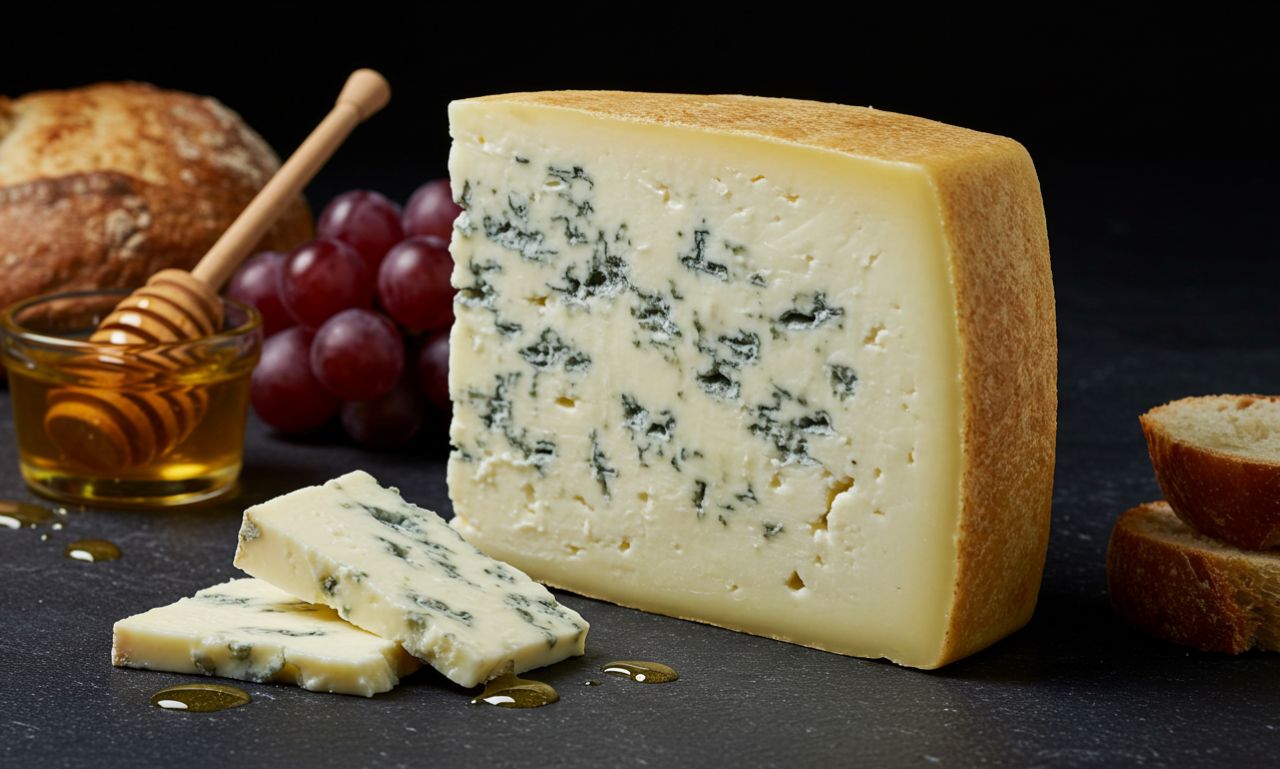Masgonzola is a fresh name in the world of artisan cheeses, blending the rich traditions of blue cheese making with innovative techniques. Known for its bold flavor profile and creamy texture, masgonzola has quickly gained recognition among food enthusiasts and chefs alike. In a market where authenticity and creativity go hand in hand, masgonzola delivers both.
Masgonzola: Origins and Inspiration
The name “masgonzola” draws inspiration from the classic Gorgonzola cheese of Italy while introducing modern elements that cater to contemporary palates. It began as an experimental project by a group of artisan cheesemakers seeking to enhance the traditional recipe with a smoother texture, balanced tang, and subtle herbal notes.
By incorporating techniques from both European and American cheese-making traditions, masgonzola offers a unique identity that respects heritage while embracing innovation.
Masgonzola: Flavor Profile and Texture
Masgonzola’s appeal lies in its complex flavor. It maintains the signature sharpness of blue cheese but balances it with creamy richness. Slightly sweet undertones and a hint of earthy spice create a well-rounded taste that pairs beautifully with fruits, nuts, and crusty breads.
Texture plays a key role in its popularity. While traditional blue cheeses can be crumbly, masgonzola offers a semi-soft consistency, making it ideal for spreading, melting, or crumbling over salads.
Masgonzola: Production Process
The production of masgonzola is a meticulous process. High-quality cow’s milk is pasteurized, inoculated with blue mold cultures, and carefully aged under controlled humidity. Cheesemakers monitor temperature and air circulation daily to encourage the perfect balance of mold development and moisture retention.
A notable feature of masgonzola production is the use of natural rennet and non-GMO ingredients, ensuring a clean label that appeals to health-conscious consumers.
Masgonzola: Sustainability Practices
Modern food lovers value sustainability as much as flavor. Masgonzola producers are committed to eco-friendly practices, sourcing milk from local farms with humane animal care standards. Waste from cheese production is repurposed, and aging facilities often run on renewable energy.
Packaging is also considered — recyclable materials and minimal plastic use help reduce the brand’s environmental footprint.
Masgonzola: Culinary Applications
Masgonzola is highly versatile in the kitchen. Some of its popular uses include:
-
Gourmet Cheese Boards – Paired with figs, grapes, and artisanal crackers.
-
Salad Toppings – Crumbled over arugula with candied walnuts.
-
Pasta Sauces – Melted into cream for a rich, tangy flavor.
-
Pizza Garnish – Added post-bake for a decadent touch.
-
Dessert Pairings – Surprisingly complementary with dark chocolate and honey.
Chefs appreciate its meltability, allowing them to incorporate masgon zola into both hot and cold dishes.
Masgon Zola: Pairings with Wine and Beverages
Pairing cheese with the right beverage enhances its flavors. Masgonzola pairs exceptionally well with full-bodied red wines like Cabernet Sauvignon, as well as dessert wines like Sauternes. For beer lovers, Belgian-style ales and stouts make excellent matches.
Non-alcoholic options include sparkling apple cider and strong black tea, both of which cut through the richness of the cheese.
Masgonzola: Market Trends and Popularity
The rise of masgonzola mirrors broader trends in artisanal food consumption. Consumers are increasingly seeking authentic, handcrafted products with a story behind them. Social media platforms, especially Instagram and TikTok, have played a major role in popularizing masgon zola through visually stunning cheese board presentations and recipe demonstrations.
Food festivals and culinary competitions have also helped cement its reputation as a premium cheese option.
Masgon zola: Health Considerations
While masgonzola is indulgent, it offers some nutritional benefits. It is a good source of protein, calcium, and beneficial probiotics due to its aging process. However, as with any rich cheese, moderation is key due to its saturated fat and sodium content.
For those with lactose sensitivity, Masgon Zola’s aging process reduces lactose levels, making it easier to digest than many fresh dairy products.
Masgonzola: Global Expansion
Initially popular in local gourmet markets, masgon zola is now finding its way into international specialty stores. Producers have partnered with distributors in Europe, North America, and parts of Asia, adapting packaging and branding to meet local preferences.
Its global reach is supported by a growing online marketplace, allowing customers to order directly from producers and receive chilled deliveries worldwide.
Masgon Zola: Challenges in the Industry
Despite its success, Masgon Zola faces challenges such as fluctuating dairy prices, supply chain disruptions, and competition from established cheese brands. Maintaining consistent quality while scaling production is an ongoing priority for producers.
Additionally, educating consumers unfamiliar with blue cheeses remains important for expanding the market.
Masgon Zola: Future Innovations
Looking ahead, masgon zola creators are exploring new flavor infusions, such as truffle, rosemary, and chili. Vegan and lactose-free versions are also in development to meet growing dietary demands.
Collaborations with chefs, wineries, and specialty food producers promise to keep the brand fresh and relevant.
Conclusion
Masgonzola is more than just a cheese — it’s a celebration of tradition, craftsmanship, and modern culinary creativity. Its distinctive flavor, sustainable production, and versatility make it a standout in the world of gourmet foods.
Whether served simply with bread and wine or incorporated into sophisticated recipes, masgon zola offers a rich, memorable experience for the palate.

